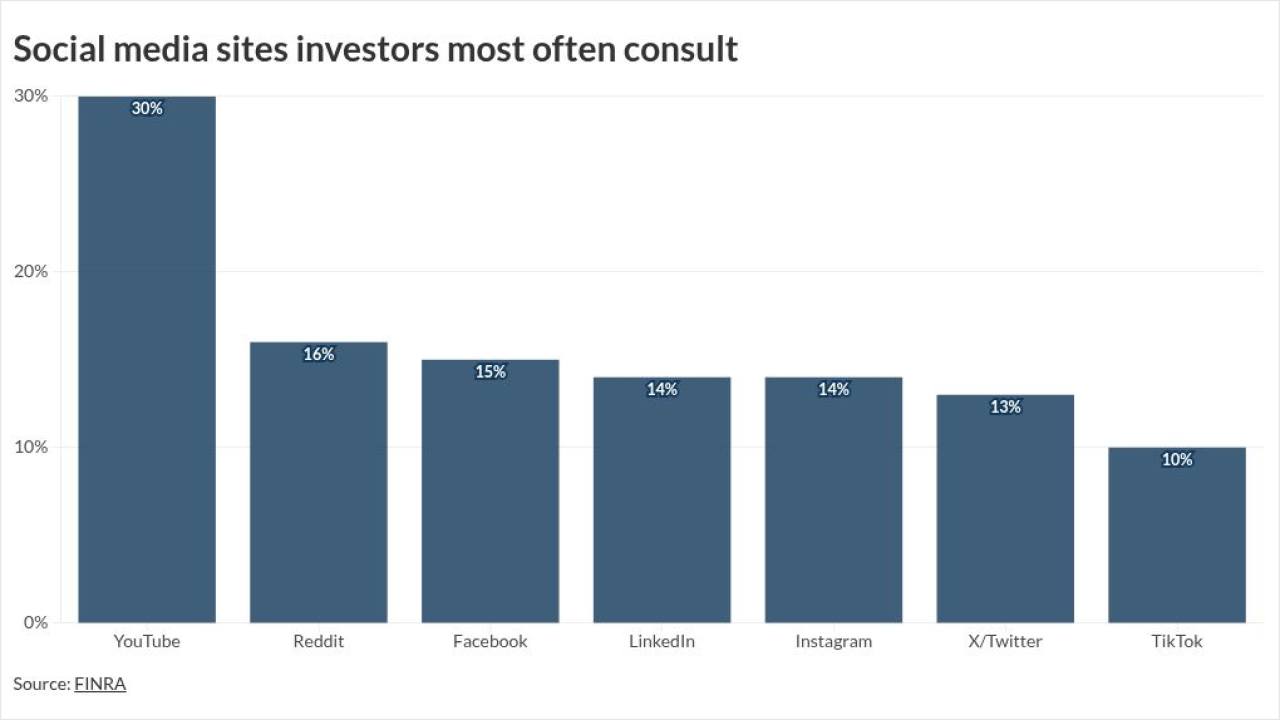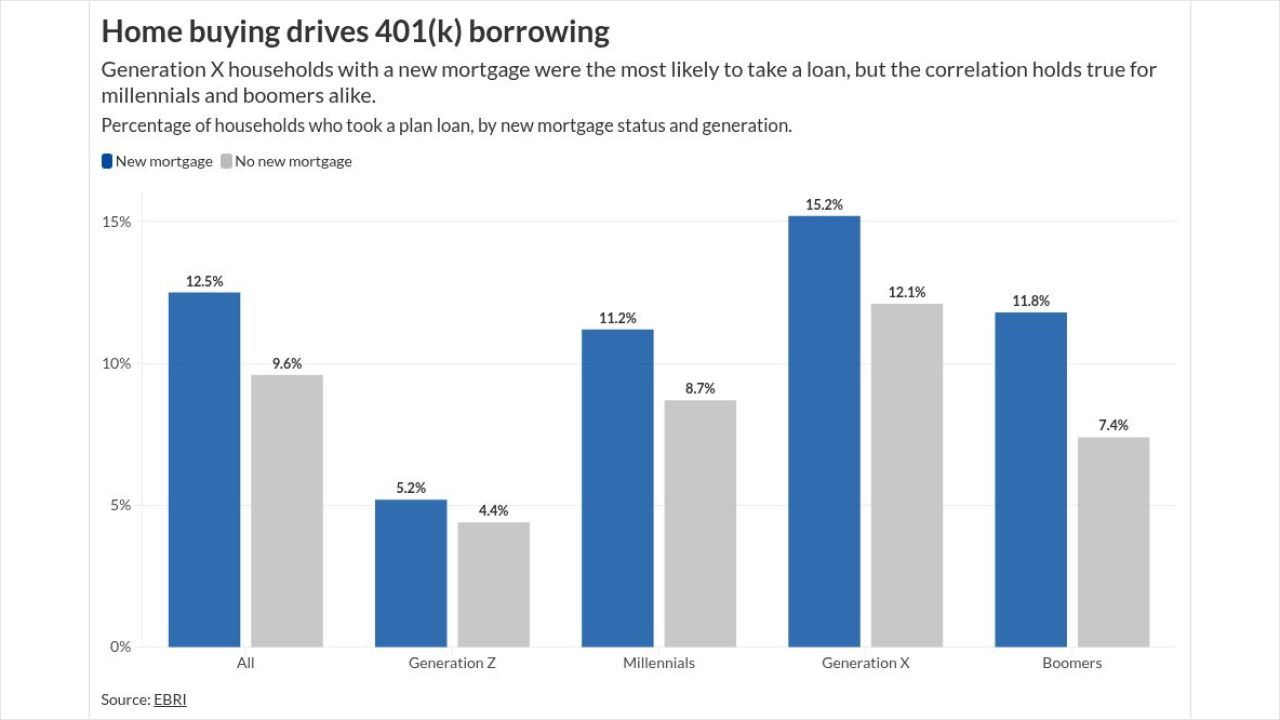Why are we planners so bad at predicting what interest rates will do? Here's some slight comfort: At least we aren’t alone. Immediately following the Fed's March decision to cut its projected interest rate increases to zero, Treasury yields tumbled, indicating the move wasn't priced into the market.
Economists don't have the best track record. They have been forecasting higher rates for the 10-year Treasury bond for years. Last year, at least they got the direction right: The rate on the T-bond edged up from 2.4% to 2.69%. But the long-term track record of these economic forecasts is dismal.
We advisors are just as guilty. In 2014,
I see two reasons for our consistent error. First, I’ve spoken to advisors who base their decisions on what the Fed has announced, but then misinterpret what those announcements mean. The Fed gives us guidance on what they plan to do with the
For example, on December 31, 2014, the fed funds rate stood at 0.09%. By March 1, 2019, the Fed had raised the rate to 2.4%. That drove short-term rates up, with the one-month T-bill rising from 0.03% to 2.45%. But that increase of 2.42 percentage points translated to only a 0.55% percentage point increase in the 10-year Treasury bond. In other words, the yield curve flattened. And that should have surprised no one.

Second, much like stocks, interest rates are driven by markets. Though most of us know how foolhardy it is to pick stocks or time the stock market, we often think very differently about interest rates. Let’s say the 10-year Treasury is trading at 2.72%. Let’s also say the economic consensus is that it would rise to 3.5% by the end of the year. But, with these assumptions, the 10-year rate would have already risen to very close to 3.5%, because market consensus dictated that investors wouldn’t buy it unless they got very close to that yield.
When the Fed issues new Treasurys (primary market), bids could come in with prices low enough to approach this yield. The bond would be bought on the secondary market at similar prices.
If you would like to see a total bond market consensus, then look at the yield on the 10-year Treasury bond today.
What this means is that when you read about an economic consensus on intermediate and long-term rates, you really aren’t. Even the top economists surveyed by The Wall Street Journal are nowhere near a total market consensus. Thus, changing a client’s bond allocation based on these forecasts is no different than changing their stock allocation based on a consensus of Wall Street analysts’ predictions of the stock market next year.
If you would like to see a total bond market consensus, then look at the yield on the 10-year Treasury bond today. That’s a pretty good estimate of the rate next year. Bidders are buying the bonds in both primary and secondary markets and the yield is where buyers and sellers are willing to strike a deal. This is not so different from buying and selling Amazon stock or a total stock market ETF.
So the next time a client asks your view on what will happen to intermediate and long-term interest rates, respond as I do: I don’t know. And consider what financial theorist and author William Bernstein recently told me, “Trying to predict stock market returns is merely foolish; trying to predict interest rates is outright idiotic.”





